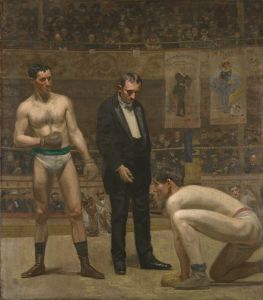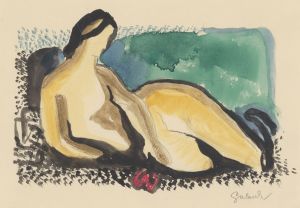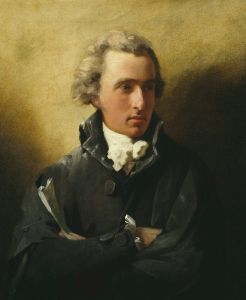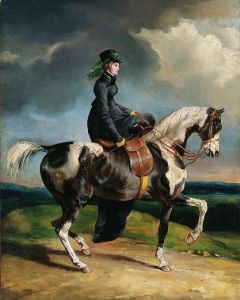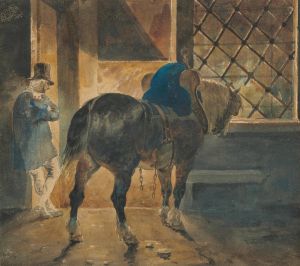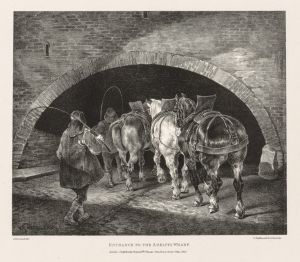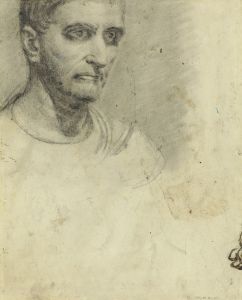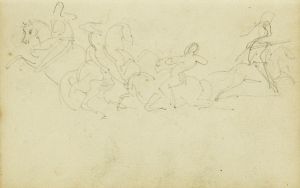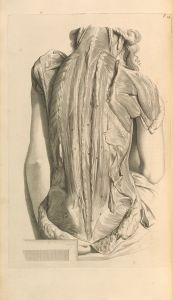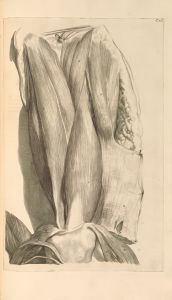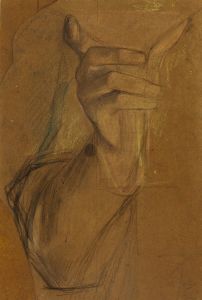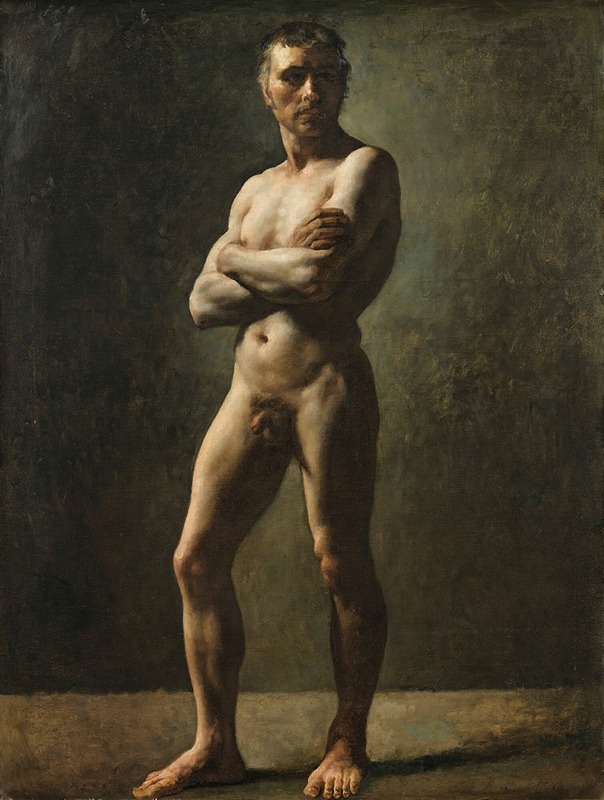
Man’s Academy, Crossed Arms
A hand-painted replica of Théodore Géricault’s masterpiece Man’s Academy, Crossed Arms, meticulously crafted by professional artists to capture the true essence of the original. Each piece is created with museum-quality canvas and rare mineral pigments, carefully painted by experienced artists with delicate brushstrokes and rich, layered colors to perfectly recreate the texture of the original artwork. Unlike machine-printed reproductions, this hand-painted version brings the painting to life, infused with the artist’s emotions and skill in every stroke. Whether for personal collection or home decoration, it instantly elevates the artistic atmosphere of any space.
"Man’s Academy, Crossed Arms" is a painting by the French Romantic artist Théodore Géricault. Géricault, born on September 26, 1791, in Rouen, France, is best known for his dramatic and expressive works, which often depict intense human emotions and complex psychological states. He is considered one of the pioneers of the Romantic movement in French art.
The painting "Man’s Academy, Crossed Arms" is a striking example of Géricault's ability to capture the human form and convey a sense of inner turmoil and contemplation. The work features a male figure, depicted with his arms crossed, which is a pose that suggests a mixture of defiance, introspection, and perhaps resignation. The man's expression is serious and thoughtful, adding to the overall mood of the painting.
Géricault's technique in this painting is notable for its use of chiaroscuro, the contrast between light and dark, which helps to emphasize the three-dimensionality of the figure and create a dramatic effect. The artist's skillful use of light and shadow highlights the contours of the man's muscles and the folds of his clothing, giving the figure a lifelike presence.
The painting is also significant for its composition and the way Géricault has chosen to frame the subject. The man is positioned centrally, with a plain background that does not distract from the figure itself. This focus on the individual is characteristic of Géricault's work, which often seeks to explore the depths of human experience and emotion.
"Man’s Academy, Crossed Arms" reflects Géricault's interest in the human condition and his ability to convey complex psychological states through his art. This painting, like many of his other works, demonstrates his mastery of anatomy and his keen observation of human behavior and expression.
Théodore Géricault's career, though relatively short due to his untimely death at the age of 32 on January 26, 1824, left a lasting impact on the art world. His most famous work, "The Raft of the Medusa," is a monumental painting that depicts the aftermath of a contemporary French shipwreck and is considered a masterpiece of Romantic art. Géricault's influence can be seen in the works of later artists, including Eugène Delacroix, who continued to explore themes of human suffering and heroism.
"Man’s Academy, Crossed Arms" is a testament to Géricault's skill as a painter and his deep understanding of the human psyche. The painting remains an important piece in the study of Romantic art and continues to be appreciated for its emotional depth and technical excellence.






